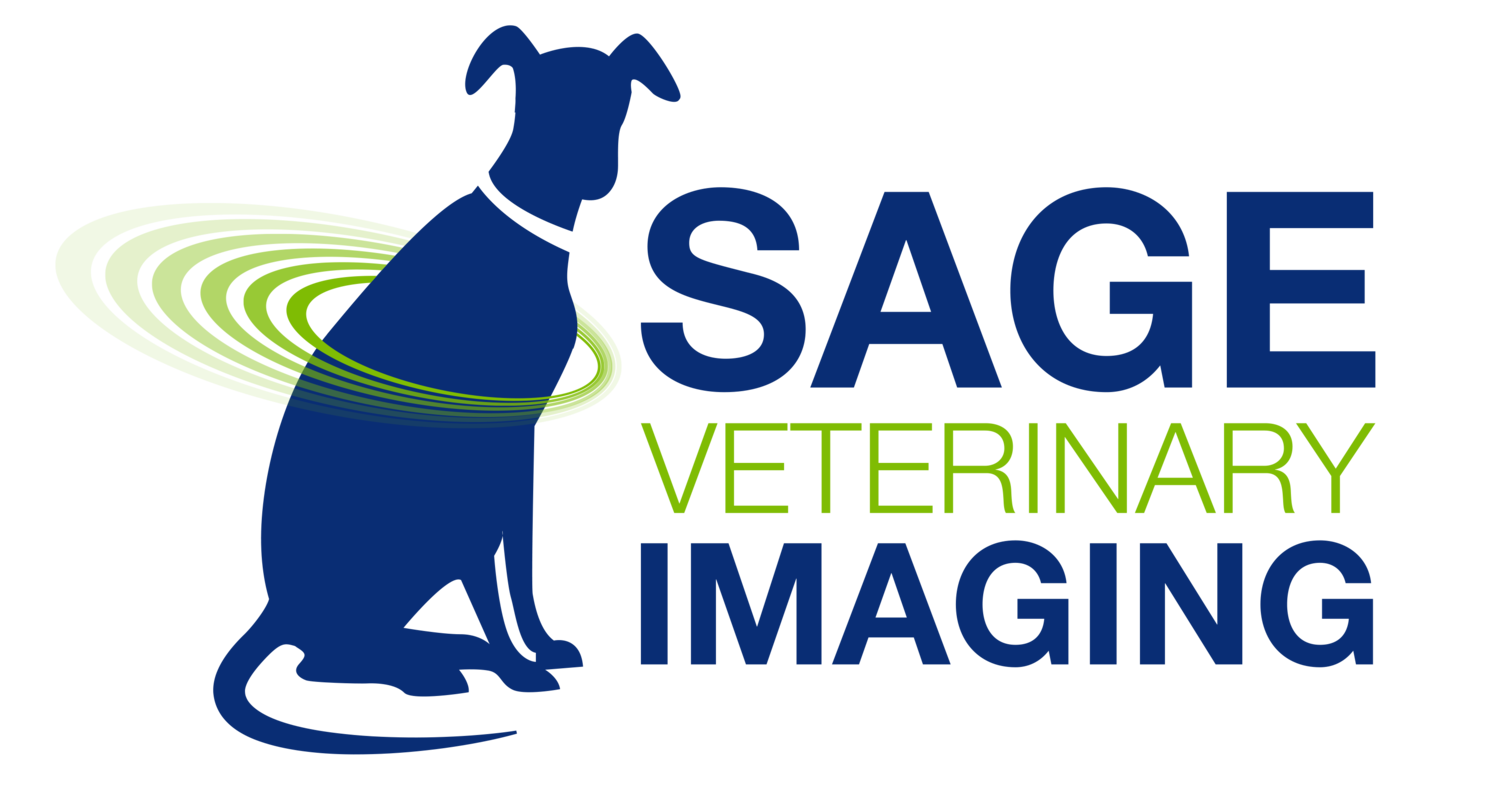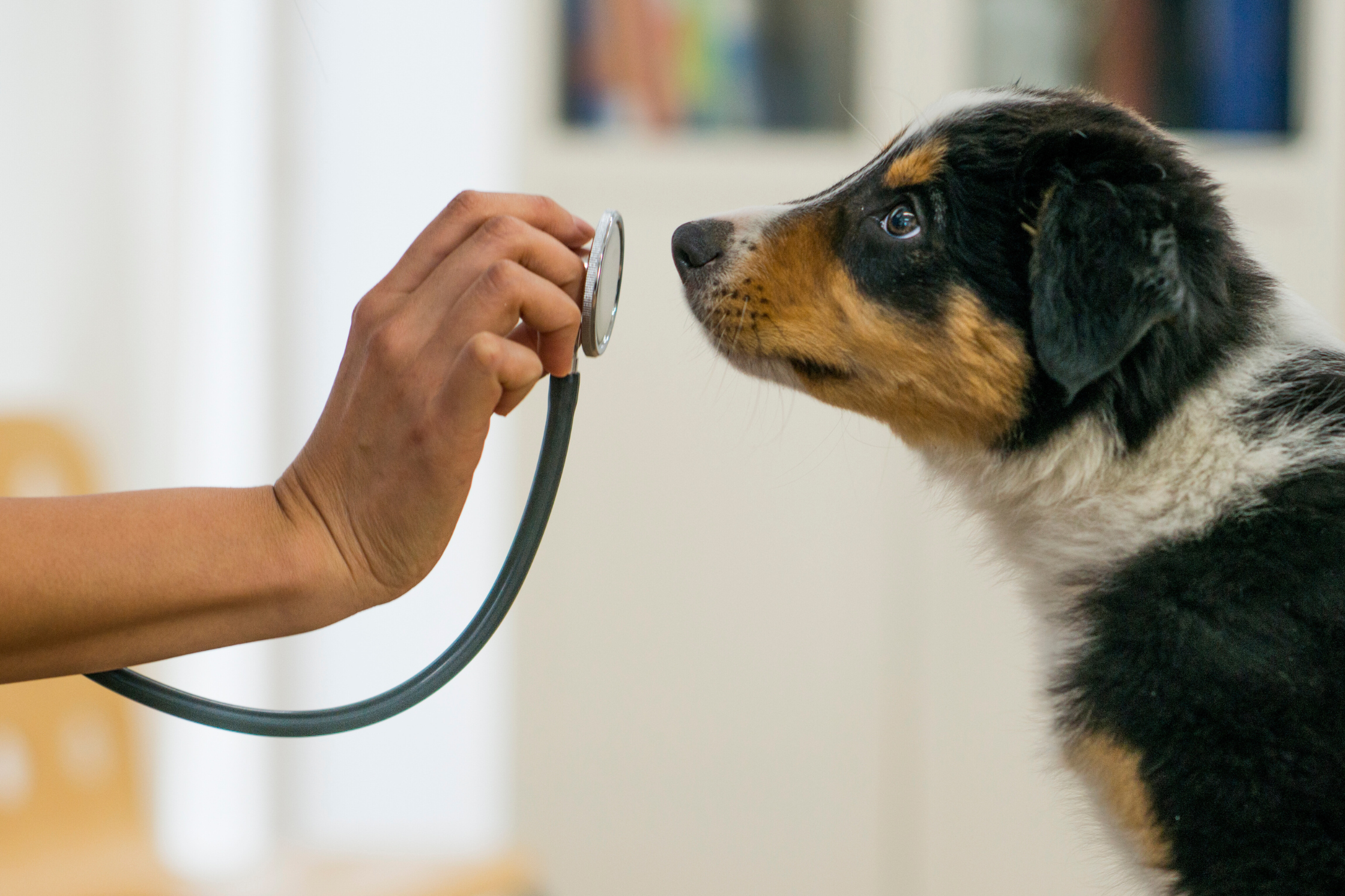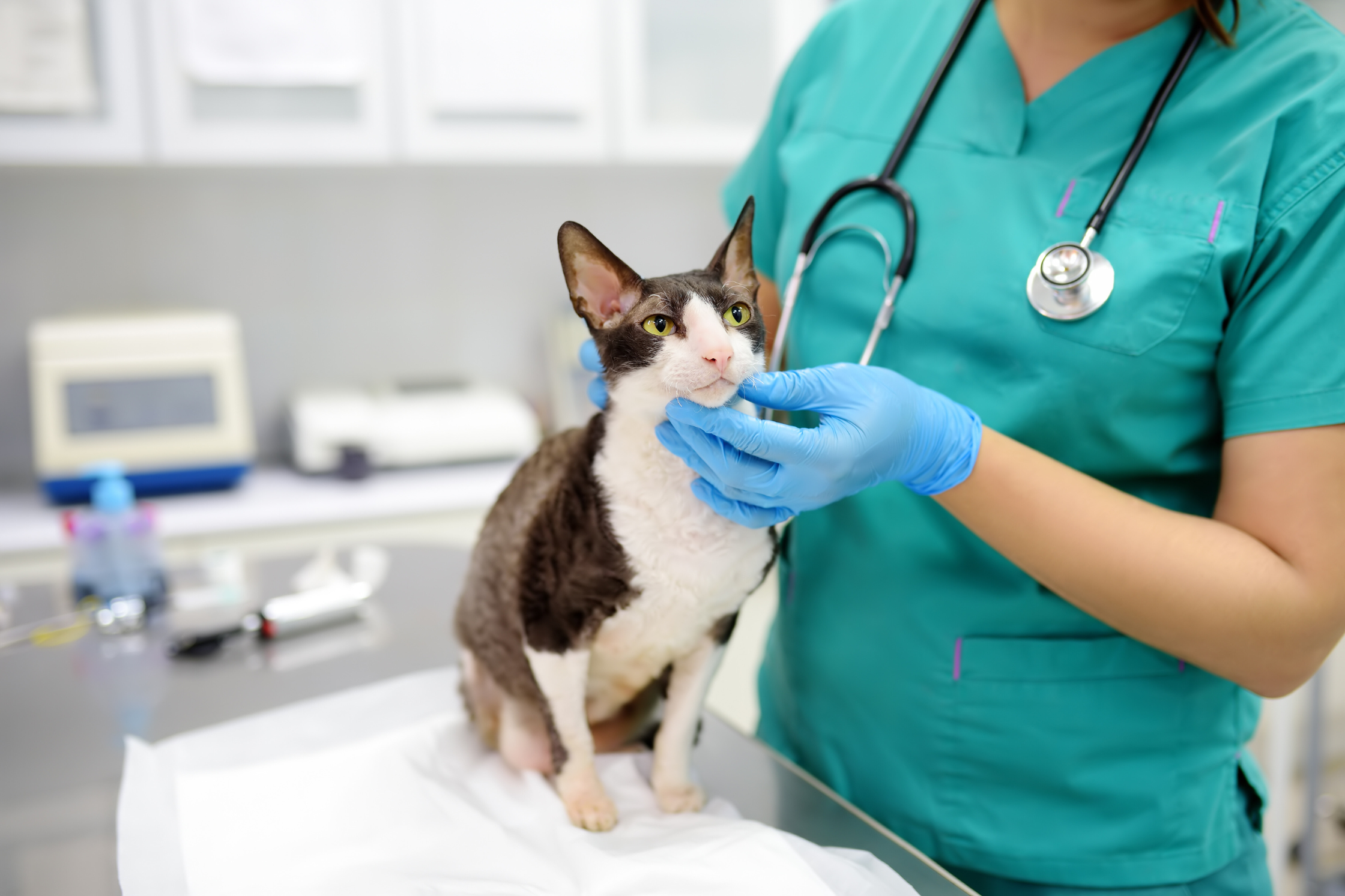The Diagnostic Gap: What’s Causing It—and How to Fix It
Delays often come from limited access to imaging, and closing that gap changes outcomes.
In veterinary practice, timing can determine outcomes. A mass discovered early may be resected successfully, and a spinal lesion addressed before permanent damage. Whether in neurology, oncology, or orthopedics, delayed diagnosis directly slows treatment.
Yet one of our most powerful diagnostic tools—advanced imaging—is often unavailable when it’s needed. MRI and CT slots can be booked days or even weeks ahead. During that wait, symptoms intensify, clients feel anxious, and clinicians must make decisions without complete information.
At Sage Veterinary Imaging (SVI), we identify this as the diagnostic gap: delay arising not from clinical uncertainty, but from restricted access. It’s why we designed an outpatient imaging model built for speed and aligned with clinical workflow.
Closing the diagnostic gap depends on creating imaging systems that operate at the pace of patient care.
The Real Impact of Delayed Imaging
Access limitations don’t always produce obvious emergencies. More often, they manifest as:
Persistent pain, particularly in orthopedic or spinal cases lacking confirmation.
Worsened neurologic deficits, especially in time-sensitive disorders like IVDD or brain lesions.
Client frustration, as emotional and financial investment meet a wall of waiting.
Practice uncertainty, forcing tentative diagnoses, delayed treatment, or overdependence on empirical care.
These are everyday complications—even in well-resourced practices.
Why the Gap Exists
The root of the problem lies not in individual cases, but in outdated systems and infrastructure that can’t meet current demand:
1. Imaging is still centralized.
Veterinary imaging is still concentrated in emergency and specialty hospitals, where inpatient and surgical cases take priority over outpatient referrals.
2. Equipment is limited and unevenly distributed.
Most GP clinics lack MRI or CT systems due to space, financial, or training constraints, leading to heavy reliance on often overbooked referral centers.
3. Staffing shortages slow the system.
Even when imaging is available, skilled technicians and radiologists are stretched thin. Teleradiology helps interpret, but cannot remedy scan delays.
4. Clients face logistical barriers.
Travel costs, logistical complexity, and opaque referral pathways dissuade pet owners, even when they want the answers.
Together, these gaps create a system that functions, but not at the speed our cases often demand.
The Hidden Cost of Waiting
A quiet waiting room can feel endless when answers and next steps are still out of reach.
The diagnostic gap doesn’t just delay care, it reshapes the entire care experience.
Let’s look at a common scenario: a middle aged French Bulldog with acute hindlimb weakness. The vet suspects intervertebral disc disease. The ideal path is clear: order an MRI and, if needed, refer for surgical decompression. But the nearest MRI unit is booked out for 12 days.
So what happens?
The pet is sent home on steroids and crate rest.
The client is told to monitor for worsening symptoms.
Days pass. The dog worsens. By the time imaging is performed, neurological deficits are more severe, and surgical prognosis is less favorable.
It’s not the vet’s fault. It’s not the client’s fault. It’s the gap. And it happens more often than any of us would like to admit.
The Case for Outpatient Imaging
Human healthcare solved this problem long ago with freestanding outpatient imaging centers—facilities that operate independently of hospitals and prioritize access. Veterinary medicine is now doing the same.
Here’s how it makes a difference:
Same-day or next-day scheduling eliminates long delays.
Dedicated imaging teams ensure high-quality scans delivered by trained specialists.
Advanced hardware (e.g., 3T MRI, 128-slice CT) enables faster, more detailed imaging than most in-hospital facilities.
No competing service lines means imaging isn’t deprioritized for surgeries or inpatient workflow.
Direct scheduling for pet owners removes administrative friction and referral bottlenecks.
By decoupling imaging from inpatient care, we make diagnostics fast, consistent, and widely accessible, from solo clinics to multi-hospital networks.
Supporting the Entire Veterinary Ecosystem
Outpatient imaging supports the bond between primary vets, specialists, and the clients they serve.
Importantly, outpatient imaging doesn’t replace general practice or specialty care. It enhances both.
For general practitioners:
Imaging becomes a tool, not a barrier.
Vets can refer confidently without worrying about losing the client.
Faster diagnosis supports better case management and client satisfaction.
For specialty hospitals:
Imaging caseloads are reduced.
Time is freed for surgeries, hospitalized patients, and emergency cases.
Referring clinicians arrive with scans already in hand, expediting treatment.
For pet owners:
They get answers quickly.
They maintain continuity with their primary vet.
They avoid unnecessary delays and extra costs.
This model isn’t theoretical—it’s in action at SVI locations in Texas and Utah every day.
What We Can Do Next
Closing the diagnostic gap requires more than one solution. It’s a systemic challenge—but there are steps we can all take.
Veterinarians can:
Consider imaging earlier in the diagnostic process—not as a last resort.
Refer to outpatient centers when available to reduce delays.
Educate clients on the value and process of advanced imaging.
Clinics can:
Partner with imaging centers like SVI to streamline referrals.
Include imaging discussions in treatment plans and client consults.
Share case outcomes to build awareness of imaging’s role.
Imaging providers can:
Continue to invest in infrastructure and technology.
Advocate for more radiology training in veterinary programs.
Expand geographic access to underserved areas.
Pet owners can:
Ask questions and advocate for timely care.
Learn about what imaging options are available in their area.
Work with their vets to pursue appropriate diagnostics early.
Comprehensive Diagnostic Services at SVI
The team at Sage Veterinary Imaging in Round Rock, TX is ready to help you close the gap between imaging delays and getting answers for your pets.
At Sage Veterinary Imaging, we’re more than an MRI and CT center. We provide a wide range of advanced imaging and diagnostic services—all under one roof—to support timely, accurate, and collaborative care.
Our services include:
3T MRI – High-resolution neuro, orthopedic, and soft tissue imaging with industry-leading detail
128-Slice CT – Rapid, full-body scanning ideal for trauma, bone, lung, and complex surgical planning
X-ray – Onsite digital radiography for rapid assessments and urgent case triage
Ultrasound & Echocardiography – Comprehensive abdominal and cardiac studies with same-day interpretation
Digital Cytology Lab – In-house rapid sample analysis to expedite diagnostics and reduce wait times
In-House Hematology Machines – Immediate bloodwork results to support imaging and anesthesia decisions
External Laboratory Testing – Access to specialized diagnostics including infectious disease panels and endocrine assays
Nuclear Scintigraphy for Feline Hyperthyroidism – Precise thyroid imaging using radiotracer techniques
Limited Nuclear Pharmaceutical Therapy – Targeted diagnostic and therapeutic applications using nuclear medicine
I-131 Therapy for Feline Hyperthyroidism – Definitive treatment using radioactive iodine administered on site
Synovetin OA for Canine Osteoarthritis – Intra-articular radiotherapeutic injection designed to relieve chronic joint pain
These services are integrated into a streamlined outpatient experience that prioritizes speed, accuracy, and the referring veterinarian’s role in patient care.
Final Thoughts
Every day a pet waits for diagnosis is a day they may suffer unnecessarily. The diagnostic gap is real—but not irreversible. By investing in infrastructure, clinical protocols, and collaboration across the care team, we can ensure advanced imaging becomes standard, not secondary.
At Sage Veterinary Imaging, we’re committed to this mission: faster access, sharper diagnosis, and better outcomes for all.
Have a case that needs imaging fast? Let’s work together to close the gap. Visit www.sageveterinary.com to refer or schedule.




